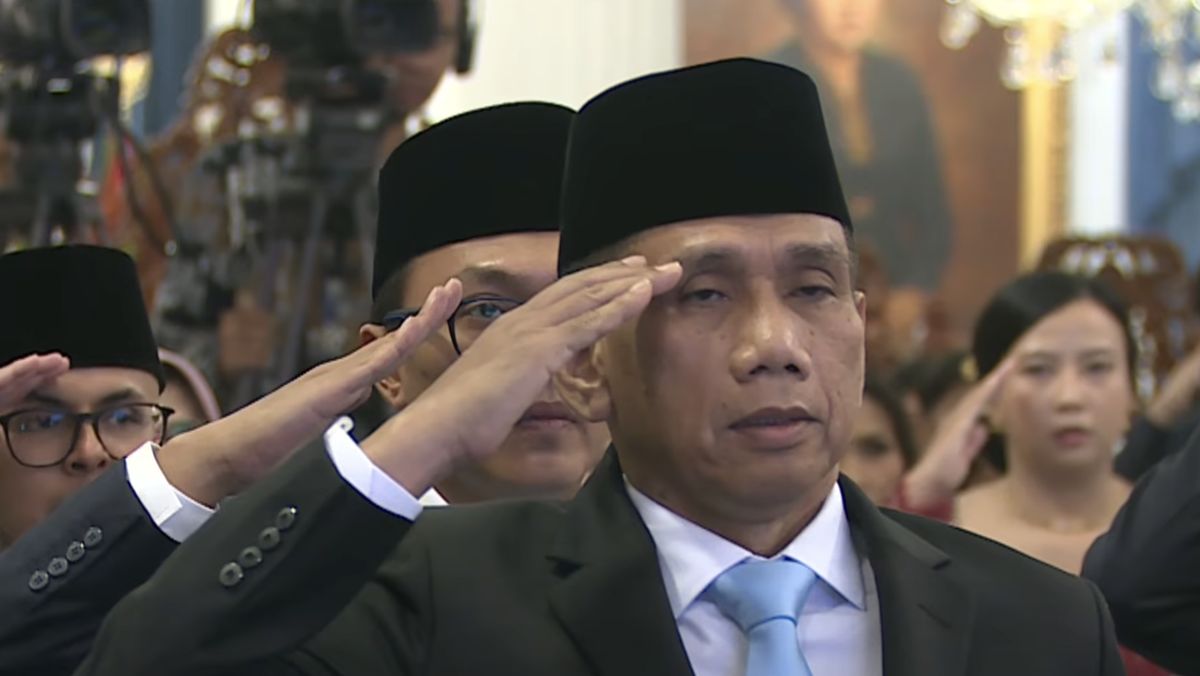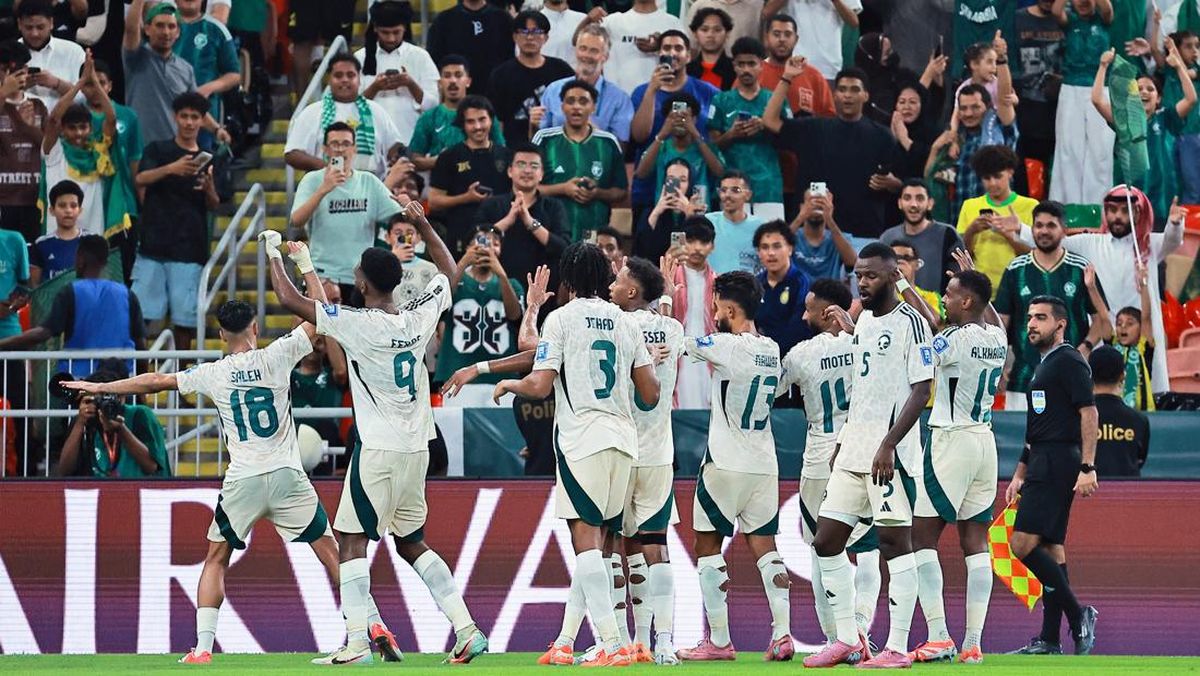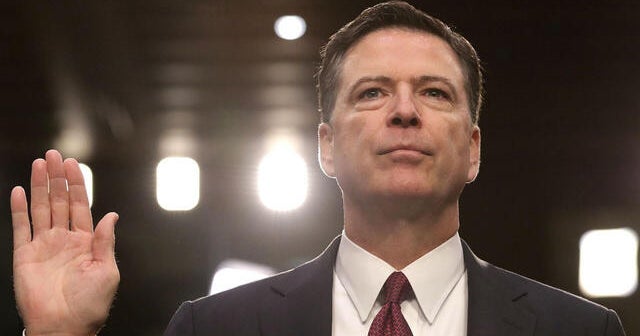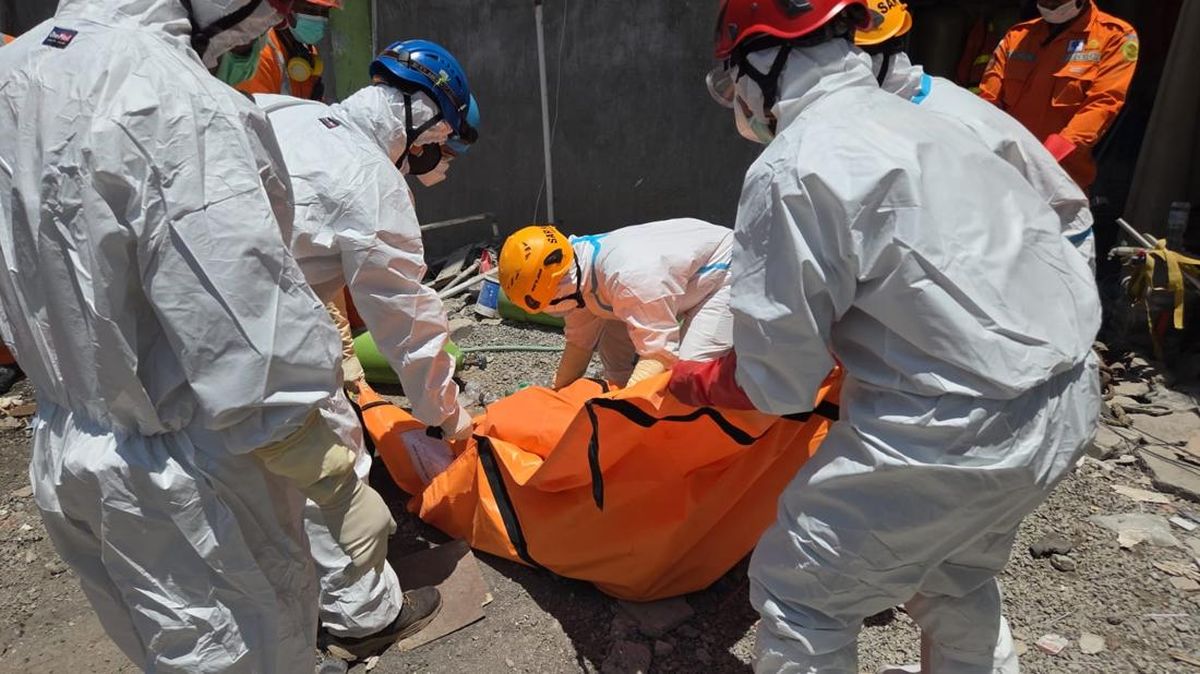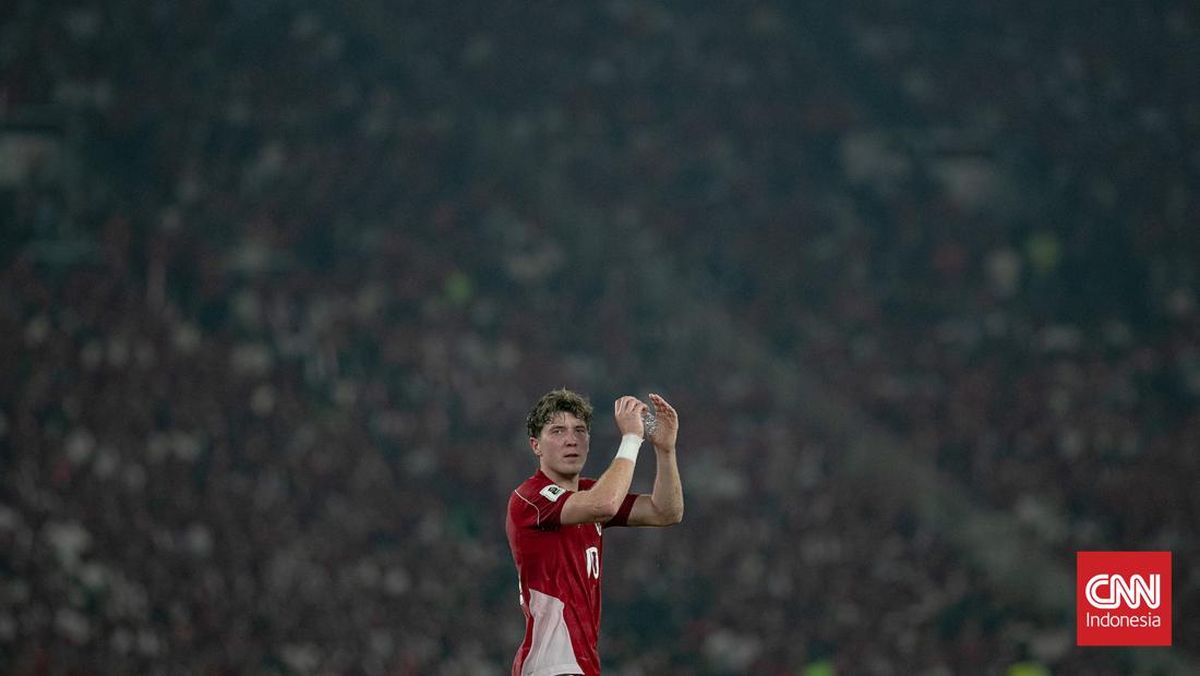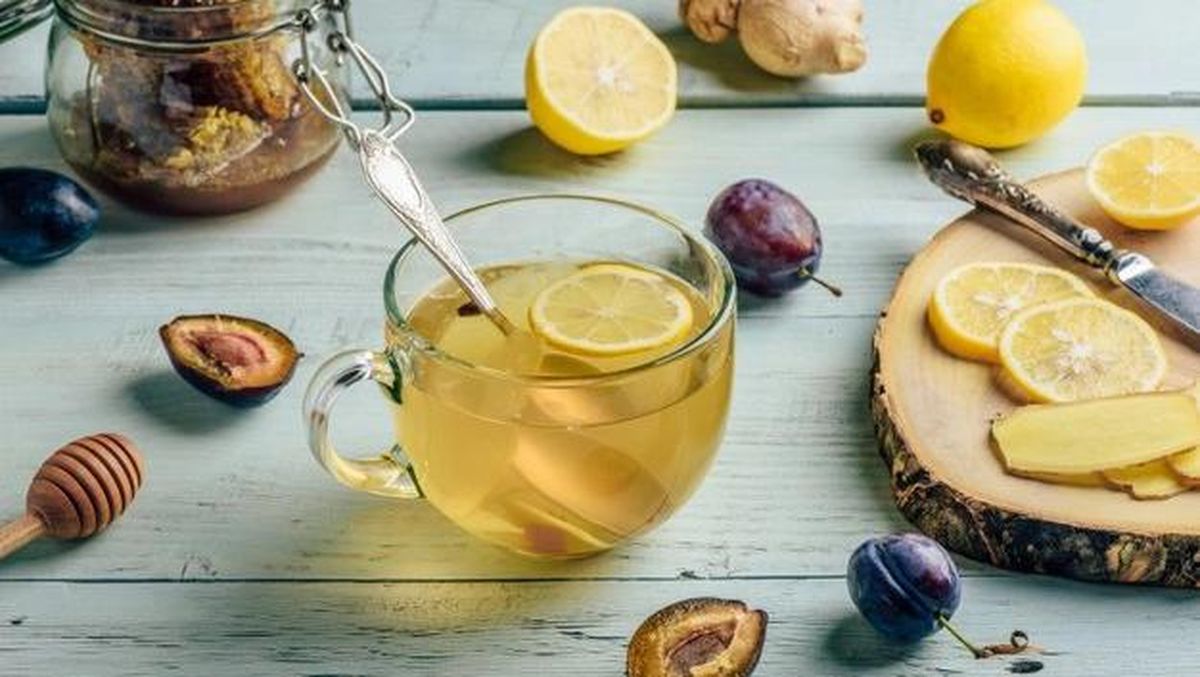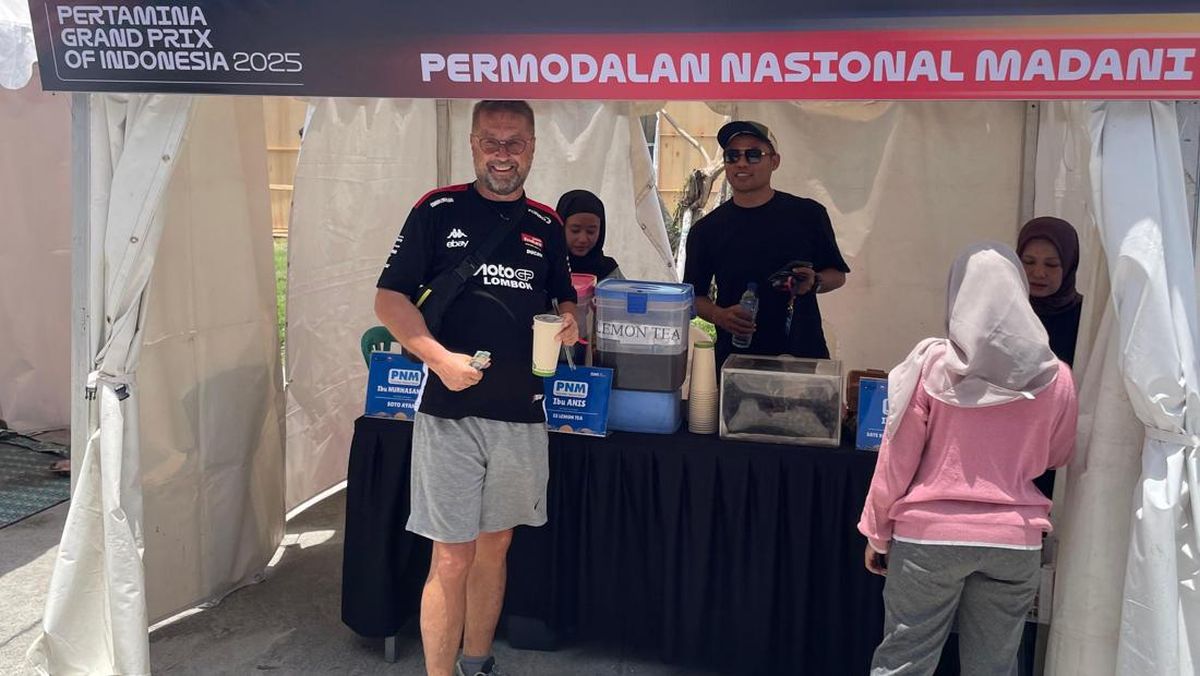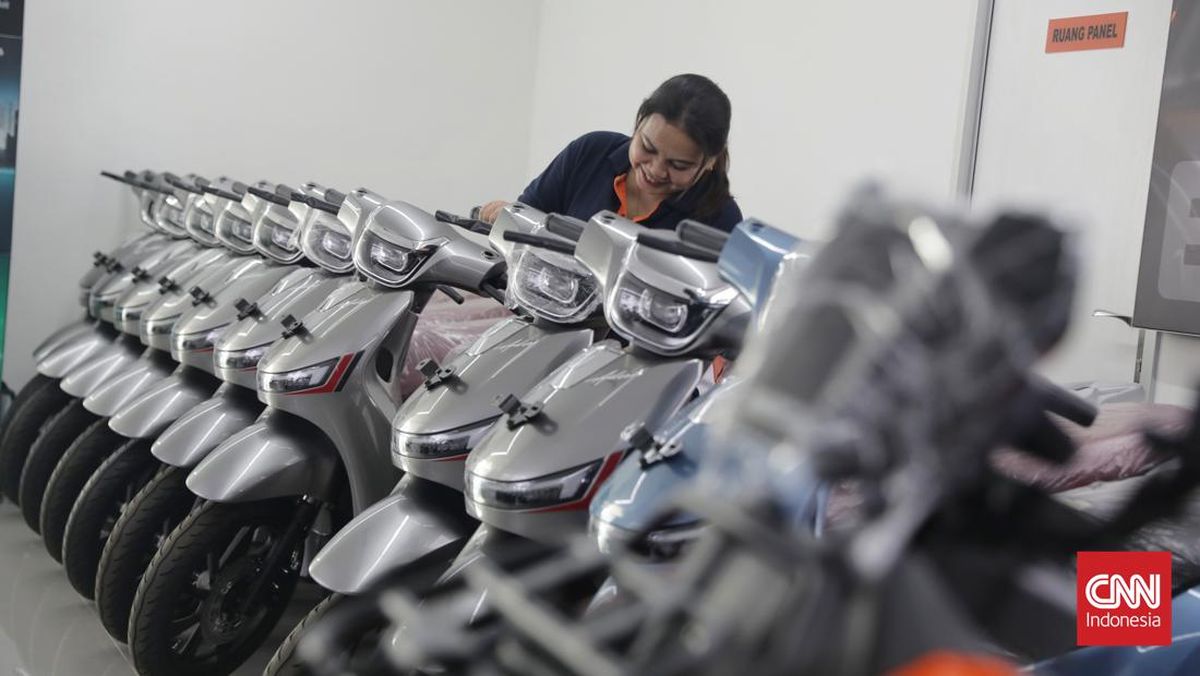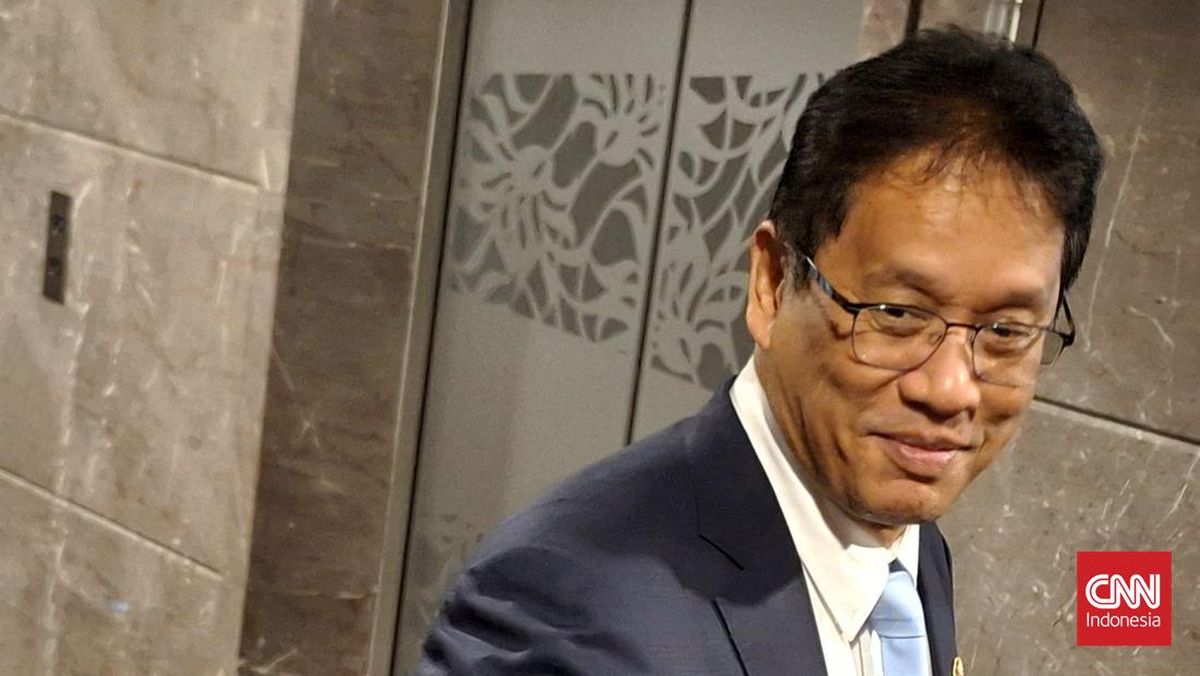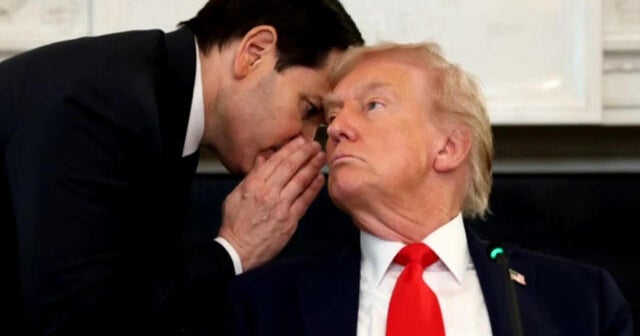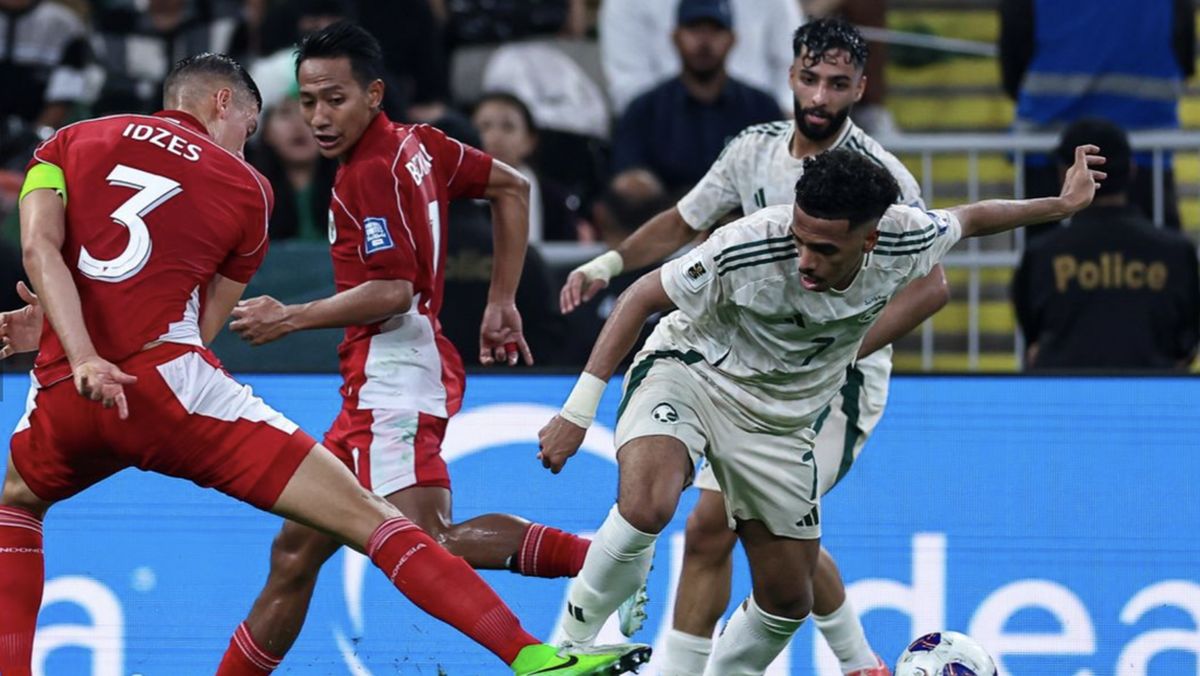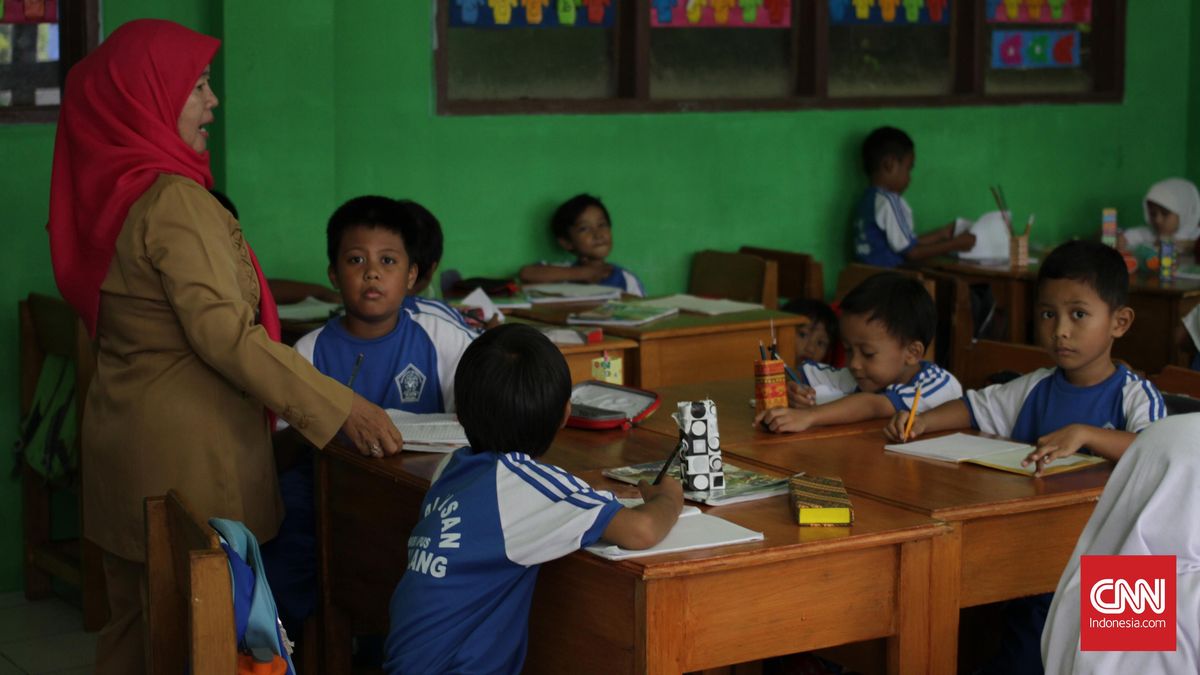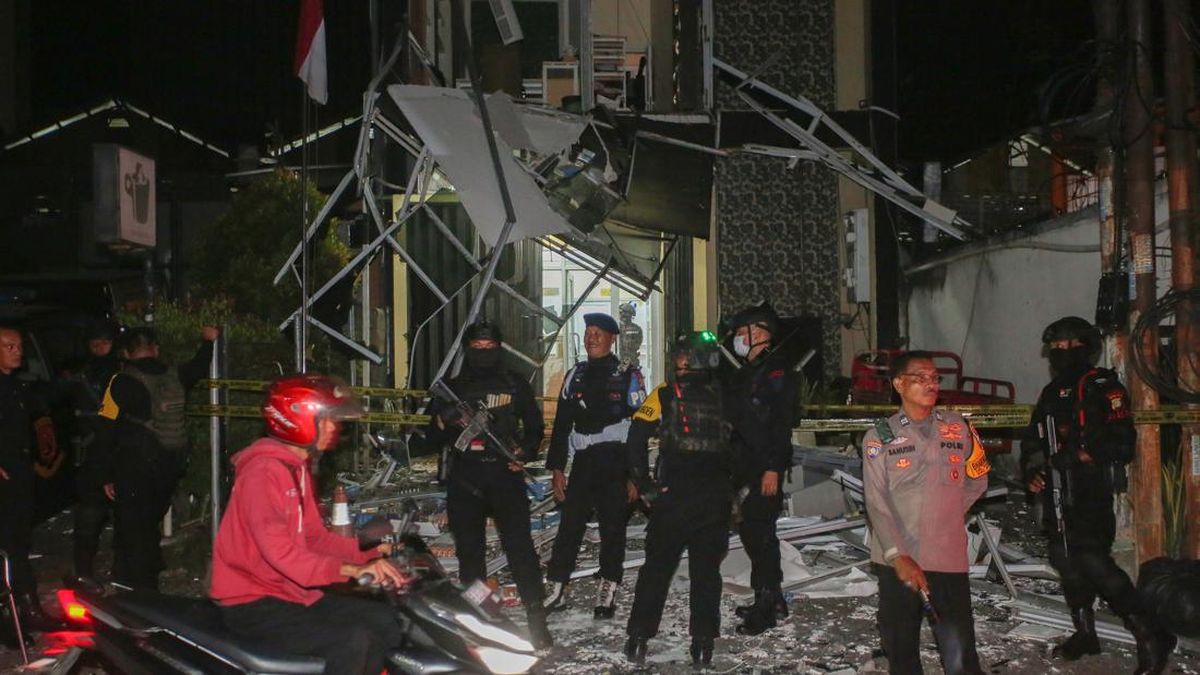Put on a set of long johns, followed by an inch-thick layer of polyfoam, Lycra, fake fur and a giant novelty head with about as much visibility as a medieval suit of armour. Now sprint across a brightly lit arena filled with 60,000 screaming fans with an entire team of professional athletes in hot pursuit. Sound tough? It is. But it’s just another Friday night of football for a mascot.
Dressed as eels, hawks, roosters, tigers, muscle-bound superheroes and junkyard dogs, they reflect a crowd at its best and its worst. The people in the suits need to have a high level of fitness, an ability to cope with extreme heat, small children, bright lights, loud noise and angry fans. To borrow a line from Liam Neeson in Taken, they need to have a very particular set of skills.
Mascots come from all walks of life, but the one thing that binds them is the love of the game. Mikey Cahill, 47, a music journalist and DJ, has played Hudson “Hawka” Knights, the mascot for Hawthorn AFL side, for 19 years. He’s also appeared as a giant strawberry for Aussie dance musicians Pnau, and as a Technotubby for Sonic Animation (he was the blue one, Theophilus Thistler).
The lifelong Hawthorn supporter saw the role advertised on a TAFE noticeboard and jumped at the chance. “[The ad] didn’t say ‘Hawthorn mascot’, it said ‘Costume work’. So they kind of stuffed it,” says Cahill. “I think I was the only one who interviewed for it in the end.”
Rocky the Rooster (the NRL’s Sydney Roosters’ mascot) has been played for the past 10 years by Matthew Croke, 44, a project manager and father of two, and giant cockerel on game day. Croke secured the gig via a friend of a friend one night at the pub. “I didn’t hear back from him for months [after initially saying he was interested] and didn’t think anything of it. Then one day out of the blue, he called me and said, ‘Were you serious that night, or just drunk?’ I said, ‘Both.’ ”

Rocky the Rooster connects with a happy fan.Credit: Brent Lewin
Like a lot of mascots, the job is an expression of the deep love he has for his team – four of the Sydney Roosters cheerleaders performed at his wedding as a surprise for his guests.
Robert Shook, 64, has been a professional stuntman for more than 40 years. “I’m a blue-collar entertainer,” he says. “I teach acrobatics to dance schools and [obstacle training school] Ninja Nation. I teach acting. I teach physical theatre. It’s amazing how hard I will work not to have a real job.” He took his first mascot gig in 1999 and has played Storm Man, the mascot for NRL team Melbourne Storm, for 22 years.
Marissa Chiarello, 38, was a cheerleader for the Canterbury Bulldogs NRL team for a decade before suiting up as Sparkles the Eel for fellow NRL outfit the Parramatta Eels and also as Sunny the Fox for the Western Sydney Wanderers A-League franchise. Switching between codes means she doesn’t have an off-season. After having three children, she found it was a perfect way to keep fit without having to be camera-ready. “It’s a great workout,” she says. “You can show up to work, no hair, no make-up done. You’re going to sweat and have fun doing it.”

Marissa Chiarello as Sparkles the Eel for the Parramatta Eels.Credit: Google Image
Croke describes the ability to do the work as “match fitness”: less whether you can bench press 250 kilograms, more what your body will adapt to. “You definitely need to also have a certain level of [base] fitness,” says Croke, whose regimen includes boxing, resistance and weight training. “If I don’t maintain [that], I can’t do the things that I want to do for the fans.”
Dehydration is the real kicker. “You’d be amazed how much I sweat,” says Cahill, who does daily hill sprints and swims regularly. “By the end of [a game], I’ll drop half a kilo.”
“We have to run the whole width of the stadium at the start, and we have to make sure we get across faster than the NRL boys,” adds Chiarello. “And that’s in a suit.” Mascot dances aren’t exactly choreographed but kids like to request moves they see on video games, such as the Fortnite Floss Dance. “The issue with flossing,” says Croke, “is the tail.”
Mikey Cahill also likes to make use of his backside for occasional crowd-baiting at Hawthorn games. “The big thing I do is constantly kick goals at the opposition end and then go around and pretend to be the goal umpire,” he says. “I’d pretend to kick goals and then shake my bottom their way.”

Mikey Cahill, Hawthorn’s mascot Hawka.Credit: Peter Tarasiuk
Oddbods is a Melbourne textiles company that specialises in designing and making mascot costumes, which can last 20 years if looked after with care. It produces around 100 mascot suits a year, including Hawka and Storm Man, both of which involve cutting and moulding polyfoam to fit the individual performers. To create a suit locally costs between $9000 to $12,000 and takes 12 to 16 weeks.
“The active ones need to be quite slim-fit,” says Oddbods owner, Karen Hoogenbosch. “[Storm Man] often comes into our studio and gets fitted because of his acrobatics.”
“The challenge is dealing with the heat [inside the suit],” says Croke. “You’re literally wrapping yourself up in multiple layers of clothing and running, jumping and bouncing around the place.”
Loading
The outfits have limited visibility, which means most mascots require an extra set of eyes and ears. Volunteer minders are an essential part of proceedings. Rita Raco, a lifelong Sydney Roosters fan, has been doing the job since 1997 and has never missed a single game. Raco helps Croke get his costume on, tells him where he needs to be and when, makes sure he gets to as many fans as possible, and leads him off the field if the crowd’s getting gnarly.
Wardrobe malfunctions are par for the course. Leggings get lost, gloves are forgotten, and there are elements to the costumes that cause mischief. “[Sydney Swans mascot] Cyggy [a cygnet] is a friend of mine,” says Cahill. “On grand final day in 2014, we organised a [mock] fight. I gave him a bit of a backhander and he grabbed my [mascot’s] head – it actually bounced off onto the turf. I put it back on really quickly, but I asked a few people afterward and they all saw it. It was all part of the fun, but the chin strap was too loose.”
A stadium packed with fans – a portion of which will be on the losing side – means a stadium packed with heightened emotions and unpredictable behaviour. But seasoned performers like Shook love the changeability, and the spectacle.
“I wake up in the morning and I don’t know what’s going to happen but I know I’m going to have a great time,” says Shook. “And because I’ve been there for so long, the first game of the season is like a family reunion. There’s just this electricity, especially at this time of the year [finals season].”

Robert Shook, the Melbourne Storm mascot.Credit: Kristoffer Paulsen
Theatre actors talk about embodying the mask, allowing it to transform them, to be guided in their movement by the nature of the mask they’re wearing. Something similar could be said for slipping into the skin of an eel, hawk or rooster. “The Hawka face is a pretty mean mug,” says Cahill. “I make at least two to three kids [inadvertently] cry every game. They just have this most visceral reaction.”
Heckling is part of the gig (“I actually enjoy it when they come up with a really good one; I’ll generally shake their hand like, ‘Yeah, all right, I’ll pay that,’ ” says Croke), but it’s not always so congenial. Because the mascots look like massive soft toys, kids don’t think they can hurt you. Shook describes it as “teddy bear syndrome”.
“Most of the kids are nice,” says Cahill, “but there’s always one or two who want to just hurt you. Honestly, it’s all padded. It’s not bad. You don’t want to overstay your welcome because you’re just asking for it in a giant foam costume.”
Adults, however, don’t have the same excuse. “I got punched in the head by this guy who obviously had jumped out about 15 rows on purpose to do that, then jumped back up thinking he was pretty tough,” says Croke. “It’s like, ‘What’s wrong with you, buddy? I’m here high-fiving a child.’ ”
“Sometimes footy fever creates havoc,” says Julie-Ann Tullberg, lecturer and co-ordinator of sports journalism at Monash University. “Endorphins have plenty to do with how fans react to on-ground performance and the atmosphere.
“Releasing feel-good chemicals can fuel people to generate high levels of energy – no different to an athlete,” she adds. The anonymity is important for everyone: the people wearing the costumes, but also for the crowd. It’s the maintaining of an illusion, like the Easter Bunny (who Croke has also played.) Getting out of his costume post-game and slipping past the crowd in obscurity provides a bit of a kick for the Roosters mascot. “You get to have fun [as Rocky], then walk past all the people who were just harassing the living hell out of you and they’ve got no idea,” he says.
‘You get to have fun [as Rocky], then walk past all the people who were just harassing the living hell out of you and they’ve got no idea.’
Matthew Croke aka Rocky the RoosterLoading
Mascots also offer the chance of connection for a child who might not get to high five their favourite player or grab a selfie. And in a way, they help to give the game longevity. “It’s more attainable; kids can touch us,” says Chiarello. “They may not know all the names of the players but if you say, ‘NRL Parramatta Eels’, they’re like, ‘OK, it’s the big eel that comes out.’ They get excited about that.” Professor Steve Georgakis, senior lecturer of pedagogy and sports studies at the University of Sydney, describes it as “building sport from the bottom up”.
To witness a kid cuddle their team’s mascot is to witness pure, unfiltered joy. “Every time, I just know the feeling that kid’s having, like, ‘This mascot cares about me right now, and I’m part of it,’ ” says Cahill. “I love making them feel incredible, and it’s such an easy thing for me to do.”
To read more from Good Weekend magazine, visit our page at The Sydney Morning Herald,The Age and Brisbane Times.

